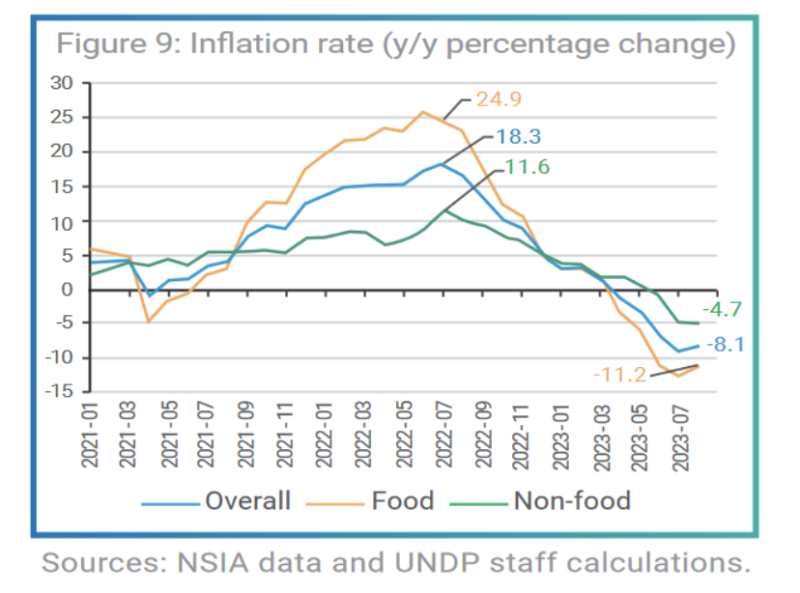Strengthening partnerships for improved nutrition and food systems: An overview of key stakeholders in the African region
This publication explores collaborative efforts to enhance food security and nutrition in Africa. Published by the Food and Agriculture Organization of the United Nations (FAO), it identifies key stakeholders...
A blessing or a curse? Climate change and political economy effects on the agricultural sector: empirical evidence from Sub-Saharan Africa
Purpose This study aims to investigate how climate change and political economy factors interact to influence agricultural productivity in Sub-Saharan Africa (SSA). It aims to determine...
The nexus between food security, health outcomes, and climate change: a multisectoral approach to sustainable development in Africa
Background In Africa, where climatic unpredictability exacerbates food shortages and raises health risks, food security and climate change are crucial determinants influencing health...


